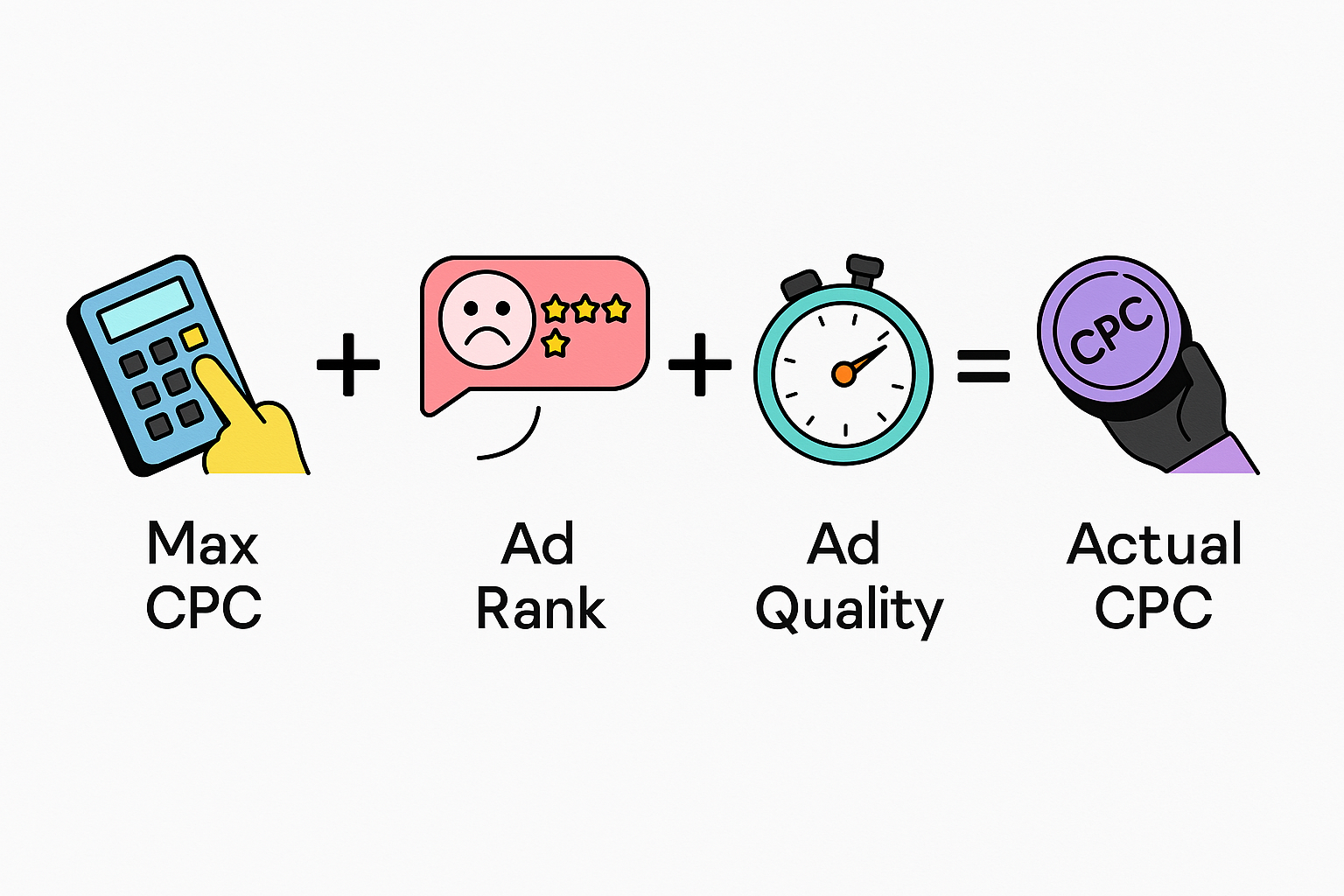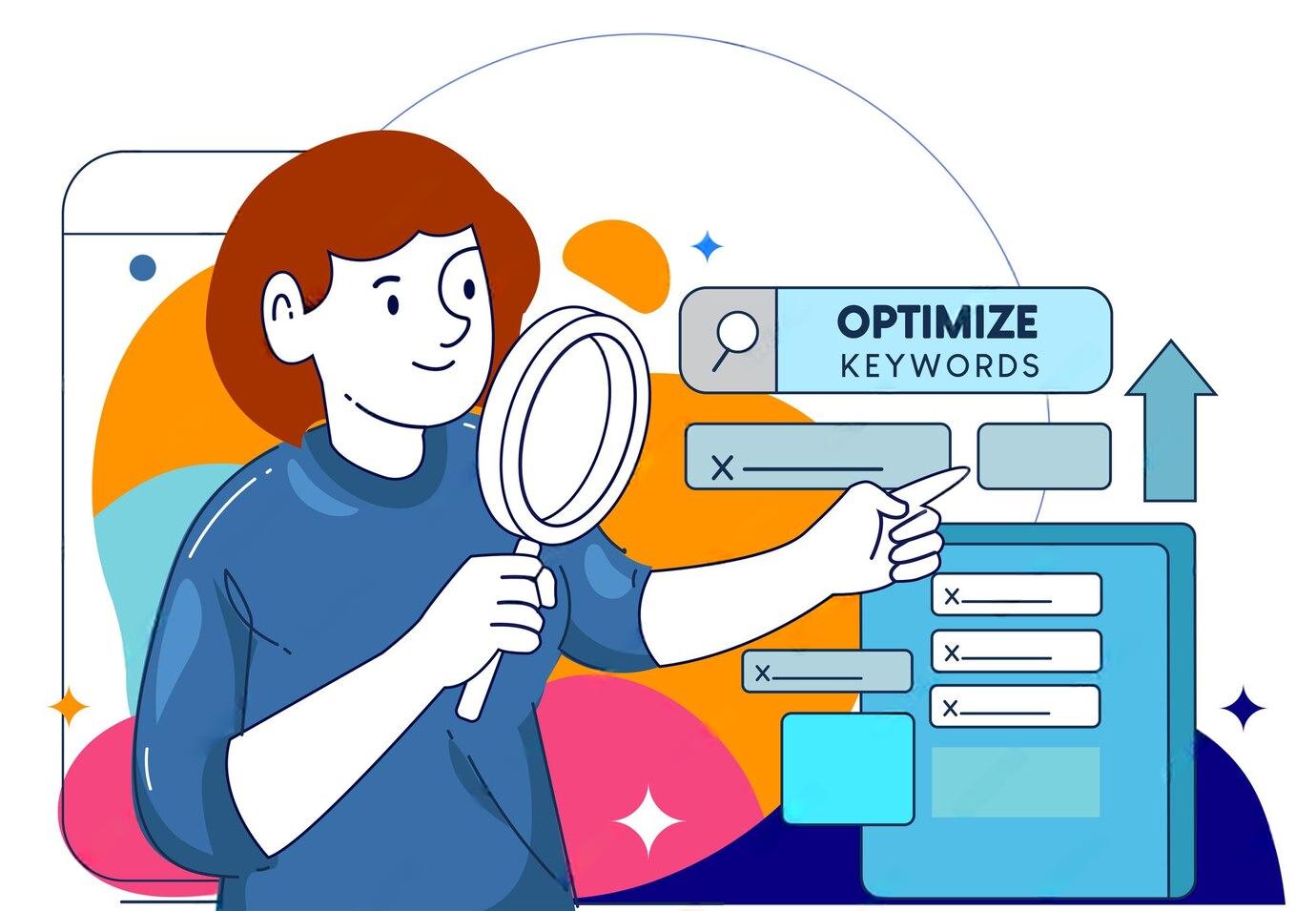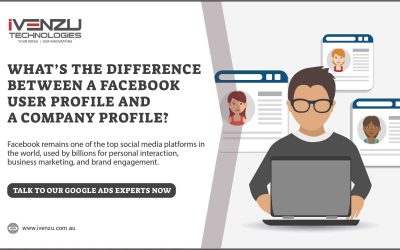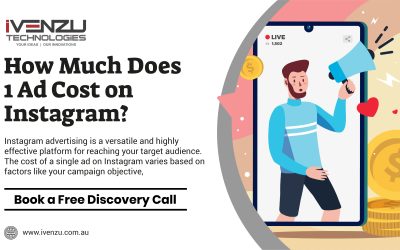How Much Do Google Ads Cost in 2025?
The Cost of Google Ads Explained
Google Ads, formerly known as Google AdWords, is one of the world’s most effective digital advertising platforms. With over 8.5 billion searches per day, Google provides businesses with unparalleled access to potential customers. Whether you’re looking to boost brand awareness, drive traffic, or generate sales, Google Ads can help you achieve your goals. But the key question for businesses is:

How Much Do Google Ads Cost in 2025?
The answer depends on several factors, including your industry, keywords, competition, and ad placements. On average, businesses spend $1 to $2 per click on the Google Search Network and around $0.10 to $0.50 per click on the Google Display Network. For more competitive industries, costs can be significantly higher, with cost-per-click (CPC) for some keywords exceeding $50.
This guide will explore everything you need to know about Google Ads costs, including pricing models, industry benchmarks, factors affecting costs, and strategies to maximize your ROI.
1. How Google Ads Pricing Works
Google Ads operates on a pay-per-click (PPC) model, meaning you only pay when someone interacts with your ad, such as by clicking on it or calling your business. Here’s a breakdown of how Google Ads pricing works:

1.1 The Google Ads Auction
Google Ads uses an auction system to determine which ads appear in search results and how much they cost. When someone searches for a keyword you’re bidding on, Google evaluates all eligible ads based on two main factors:
- Maximum Bid: The highest amount you’re willing to pay per click.
- Ad Rank: A combination of your bid amount, ad quality score, and the expected impact of your ad extensions.

1.2 Quality Score
Quality Score is a metric that measures the relevance and quality of your ad, landing page, and keywords. A higher Quality Score can lower your costs and improve your ad’s placement.

1.3 Actual CPC
The amount you pay per click isn’t your maximum bid but the amount required to outrank the advertiser below you. The formula for Actual CPC is:
Actual CPC = (Ad Rank of the competitor below you ÷ Your Quality Score) + $0.01
2. Google Ads Pricing Models.
Google Ads offers several pricing models based on your campaign goals:
Google Ads
2.1 Cost-Per-Click (CPC)
- You pay for each click on your ad.
- Best for driving website traffic.
- Average CPC: $1 to $2 for search ads, $0.10 to $0.50 for display ads.
Google Ads
2.3 Cost-Per-Action (CPA)
- You pay when a user completes a specific action, such as filling out a form or making a purchase.
- Average CPA: $48 across industries, but this can vary widely.
Google Ads
2.2 Cost-Per-Mille (CPM)
- You pay for every 1,000 impressions.
- Ideal for brand awareness campaigns.
- Average CPM: $2 to $10 on the Display Network.
Google Ads
2.4 Cost-Per-View (CPV)
- You pay for video ad views or interactions.
- Commonly used for YouTube ads.
3. Average Costs of Google Ads by Industry
Google Ads costs can vary significantly depending on your industry and the competitiveness of your keywords. Below are the average CPCs for different industries on the Search Network:
| Industry | Average CPC ($) | Average CPA ($) |
| Legal Services | $6.75 | $86.02 |
| Real Estate | $2.37 | $41.14 |
| Education | $2.40 | $34.40 |
| Healthcare | $2.62 | $78.09 |
| E-commerce | $1.16 | $45.27 |
| Technology | $3.80 | $133.52 |
| Travel | $1.53 | $44.73 |
4. Factors That Affect Google Ads Costs

4.1 Industry Competition
High-demand industries like legal services, finance, and insurance often have higher CPCs due to intense competition.

4.2 Keyword Competition
Keywords with high search volumes and commercial intent (e.g., “buy,” “best,” “cheap”) are more expensive. Long-tail keywords often have lower CPCs.

4.3 Ad Rank and Quality Score
Ads with a higher Quality Score are more likely to have lower costs and better placement.

4.4 Location and Audience Targeting
Targeting high-income or metropolitan areas can increase costs. Similarly, targeting specific demographics or interests can impact pricing.

4.5 Campaign Type
Search Campaigns: These are more expensive due to high intent.
Display Campaigns: Lower CPCs but generally lower conversion rates.
Shopping Ads: Ideal for e-commerce but costs depend on product category.
5. How to Control and Optimize Google Ads Costs
5.1 Set a Daily Budget
Define your maximum spend per day to ensure you stay within your marketing budget.
5.2 Use Negative Keywords
Exclude irrelevant searches that waste your budget.
5.3 Optimize Ad Quality
Write compelling ads, use relevant keywords, and link to high-quality landing pages to boost your Quality Score.
5.4 Focus on Long-Tail Keywords
Target specific, low-competition keywords to lower costs and improve conversion rates.
5.5 Test and Refine Your Campaigns
Continuously A/B test ad creatives, targeting, and bidding strategies to improve performance.
6. Google Ads Costs vs. Other Advertising Platforms
How does Google Ads compare to other platforms in terms of cost and effectiveness?
| Platform | Average CPC ($) | Average CPM ($) |
| Google Ads (Search) | $1–$2 | $30–$40 |
| Google Ads (Display) | $0.10–$0.50 | $2–$10 |
| Facebook Ads | $0.94 | $12.07 |
| LinkedIn Ads | $5–$7 | $15–$30 |
| TikTok Ads | $0.50–$1.00 | $4–$9 |
7. Benefits of Google Ads Despite the Costs
1. Massive Reach: Google processes billions of searches daily.
2. Precise Targeting: Ads can be targeted by location, device, demographics, and intent.
3. Fast Results: Unlike SEO, PPC ads deliver immediate visibility.
4. Flexibility: Suitable for businesses of all sizes and budgets.
5. Measurable ROI: Google Ads provides detailed analytics to track performance.
Is Google Advertising Worth It?
Google Ads offers a versatile and highly effective way to reach potential customers, regardless of your budget. While costs can vary based on industry and competition, understanding the factors influencing costs and implementing cost-saving strategies can help you achieve a strong return on investment (ROI).
Whether you’re a small business or a global brand, Google Ads remains a vital tool for driving results in today’s competitive digital landscape.
Your questions and answered
1. How much do Google Ads cost in 2025?
In 2025, the average Google Ads cost ranges from $1 to $2 per click on the Search Network, and $0.10 to $0.50 per click on the Display Network. However, highly competitive industries like legal or tech may see CPCs exceeding $6 to $50+.
2. What is the average CPC (cost-per-click) for Google Ads by industry?
Here are average CPCs in 2025 by industry:
- Legal Services: $6.75
- Technology: $3.80
- Healthcare: $2.62
- E-commerce: $1.16
These vary based on keyword competitiveness and ad quality.
3. What pricing models does Google Ads use?
Google Ads supports several pricing models:
- CPC (Cost-Per-Click) – Most common; pay per click.
- CPM (Cost-Per-Thousand-Impressions) – For brand awareness.
- CPA (Cost-Per-Action) – Pay for conversions.
- CPV (Cost-Per-View) – For video ads, mainly on YouTube.
4. Why do Google Ads costs vary so much?
Costs depend on:
- Industry competition
- Keyword difficulty
- Quality Score and Ad Rank
- Target audience and geographic location
- Campaign type (Search vs. Display)
5. How can I reduce Google Ads costs in 2025?
To lower your ad spend:
- Use long-tail keywords
- Add negative keywords
- Improve Quality Score
- Set clear daily budgets
- Run A/B tests on ads and landing pages
6. Is Google Ads more expensive than Facebook Ads?
Yes, in most cases. In 2025:
- Google Search CPC: $1–$2
- Facebook CPC: ~$0.94
But Google typically delivers higher buyer intent, which can lead to better conversion rates.
7. Is Google Ads worth it in 2025?
Absolutely. Despite varying costs, Google Ads provides fast visibility, detailed analytics, and flexible targeting, making it a powerful ROI-driven platform for all business sizes.
More Latest Blog
Twitter has long been a powerful platform for real-time conversations, news updates, and trending topics. For businesses, it offers a unique...
Facebook remains one of the top social media platforms in the world, used by billions for personal interaction, business marketing, and brand...
Instagram advertising is a versatile and highly effective platform for reaching your target audience. The cost of a single ad on Instagram varies...
The cost of a single social media post varies widely depending on the type of content, platform, the creator’s expertise, and whether it involves...

![How Much Do Twitter Ads Cost? [A Complete 2024 Guide to Twitter Advertising Costs & Strategies]](https://www.ivenzu.com.au/wp-content/uploads/2025/04/Twitter-Ads-Cost-3-400x250.jpg)


